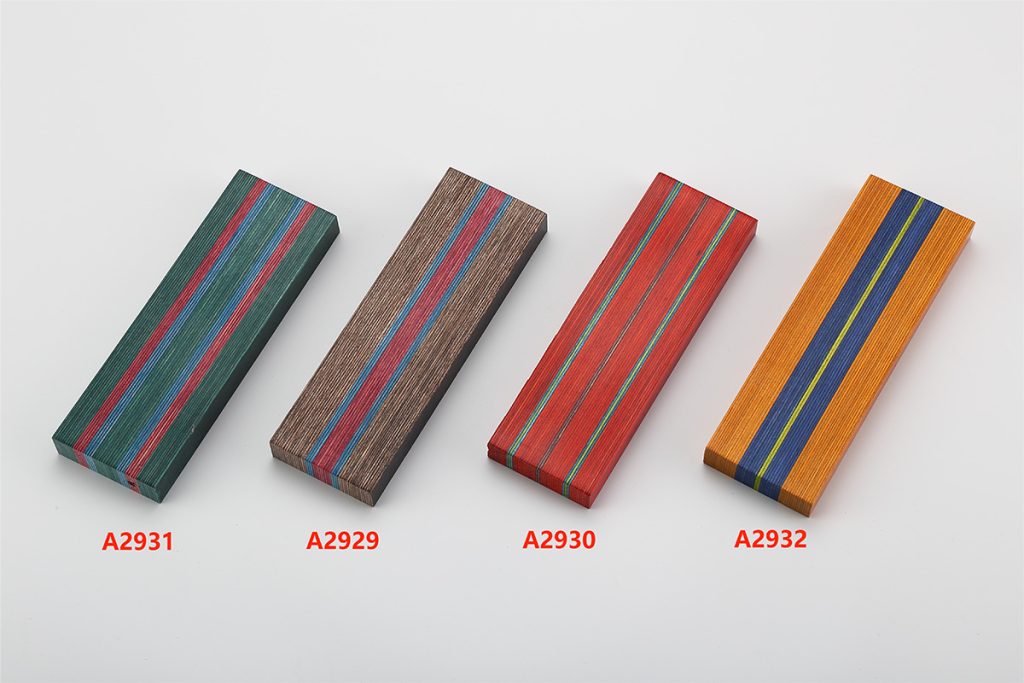How Can I Make Plywood Waterproof and More Stronger?
Plywood is an amazing material that can be used for a wide range of projects, from building furniture to constructing outdoor structures. However, plywood is not naturally waterproof. Let’s dive in and learn how to enhance the capabilities of this versatile material.

Seal it Up
To make plywood waterproof, the first step is to apply a suitable sealant. There are various options available, such as varnishes, polyurethane, and epoxy resins.
These sealants create a protective barrier on the plywood, preventing water from penetrating the wood fibers and causing damage.
For example, if you’re using plywood for outdoor furniture, you can apply a few coats of a high-quality water-based polyurethane sealant. This will not only make the plywood waterproof but also enhance its resistance to UV rays and everyday wear and tear.
Colored Marine Plywood
For applications that require superior waterproofing, consider using Colored Marine Plywood.
Colored Marine Plywood is specifically designed to withstand exposure to water and harsh environments. It is made with waterproof adhesive and materials that are highly resistant to water damage.
Imagine you’re building a floating deck for your backyard pool. Using Colored Marine Plywood would be a wise choice, as it will ensure your floating deck remains stable and undamaged, even when constantly exposed to water and humidity.
Reinforce for Strength
To make plywood stronger, you can reinforce it with additional materials.
One common method is to bond a layer of fiberglass mesh or cloth to the surface of the plywood.
This adds strength and rigidity , making it more resistant to bending, warping, and other forms of damage.
Proper Storage and Handling
Proper storage and handling of plywood are crucial to maintain its strength and waterproofing properties.
Store plywood in a dry, well-ventilated area, and avoid exposing it to excessive moisture or humidity. When transporting or handling plywood, use care to avoid dropping or damaging the material.
For example, if you’re storing plywood in your garage, make sure it is placed on elevated wooden pallets to keep it off the ground and away from potential water damage.
This simple step can significantly extend the lifespan of your plywood.
Conclusion
By following these techniques, you can make plywood both waterproof and stronger, ensuring it remains durable and reliable for years to come.
Whether you’re building a new deck, constructing a piece of furniture, or working on another project, these tips will help you get the most out of your plywood investment.
So, go ahead and unlock the full potential of plywood with these simple and effective methods!
Frequently Asked Questions
Q: What is the best sealant to use for plywood that will be exposed to the outdoors?
A: For plywood that will be exposed to the outdoors, a high-quality water-based polyurethane sealant is recommended. It provides excellent waterproofing properties and also enhances the plywood’s resistance to UV rays and everyday wear and tear.
Q: How should I store plywood to maintain its strength and waterproofing properties?
A: Store plywood in a dry, well-ventilated area, and avoid exposing it to excessive moisture or humidity. Place the plywood on elevated wooden pallets to keep it off the ground and away from potential water damage.
Q: How do I buy plywood?
A: To buy plywood, please contact us directly for pricing and ordering information. We offer both OEM and ODM services and can meet your specific requirements. Our products are FSC and ISO 9001 certified, ensuring quality and sustainability.

